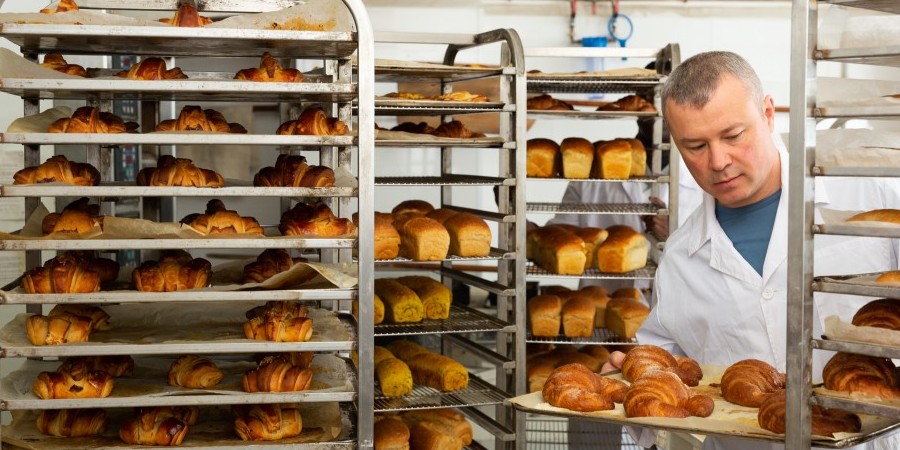
Trays are such an important part of any foodservice business. In fact, they're about as essential as plates and silverware—and like those items, trays can be complemented with special equipment. Let's take a deep dive into the world of tray carts, racks, dollies, and more to organize and streamline your use and collection of trays.
One might think that it doesn't really matter where you put your trays during and after use. But consider, for example, that a health inspector might have something to say about haphazardly placing your equipment, especially in or near places it shouldn't be around. Then, there's the simple realization that it might be better for you and your staff to have all of your trays in a properly structured and maintained place. The easiest and neatest way to store and hold trays is by using a tray rack. Tray racks securely hold each individual tray and keep them separate from one another. This makes them easier to retrieve and is more sanitary and presentable than stacking them on top of each other. Additionally, these racks free up space during service.
You'll also likely want equipment for transporting your trays from place to place. There are delivery carts, dollies, and trucks to help you accomplish just that. A flatware/tray cart hybrid has a lower shelf for placing your trays, while also having the added benefit of individual slots where you can put flatware; ultimately, you'll be able to take more dining items with you in a single trip.
For businesses with a quick service or fast food model, stations for expediting service are a must. If your business aligns with those models, it would be wise to consider tray set-up stations, slides, and conveyors. Stations allow the service staff to prepare an order on a tray using organized compartments and shelves to help complete the order with all its specifications. Slides can be used by either staff or customers to push along trays with finished orders, especially those trays that can't be carried easily due to heavier items.
Conveyors are similar in function to slides, but they are much larger in design. Conveyors can come in one of two forms. The first is a conveyor with PVC rollers built into the frame, which allow trays to easily slide down the conveyor. The second type is an electrically powered table with a rubber conveyor belt, not unlike the ones you might find in a factory, that automatically move trays without physical input. While these conveyors are more costly than installing slides, their reliability and implications for foodservice make them well worth the cost.
Any business that uses trays should have the right equipment for maintaining and expediting them. From racks to dollies and beyond, there are plenty of helpful tools to help you take care of your trays and make your foodservice smarter and cleaner.


Bad |
Rate as 5 star | Good |
||


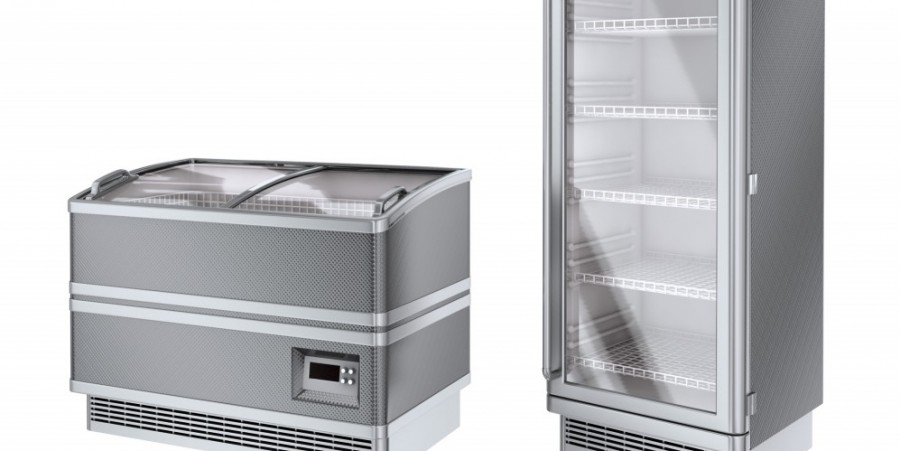

 Filter by category. | |
| REW | 152 |
| REW Academy | 131 |
| Restaurants | 127 |
| Website Categories | 125 |
| Articles | 117 |
| Kitchen | 51 |
| Vendors | 32 |
| Tutorials | 29 |
| Food | 26 |
| Customers | 22 |
| Events | 15 |
| Interviews | 9 |
| Web | 8 |
| Funny | 7 |
| Infographic | 6 |
| Social Media | 5 |
| Trends | 1 |
 Most popular (top 5) | |
 | Life Kitchen Florida App |
 | Indoor Chairs and Bar Stools Overview |
 | Booths |
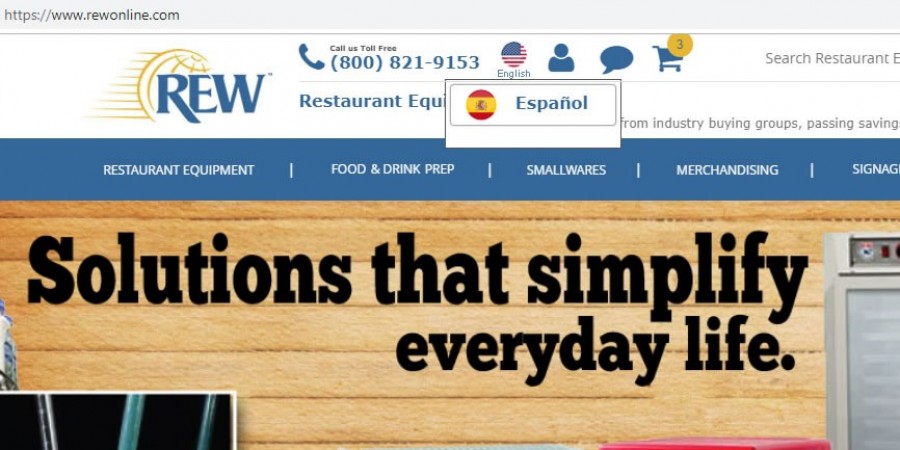 | Restaurant Equipment World (REW) Launches NEW Spanish Version of Website |
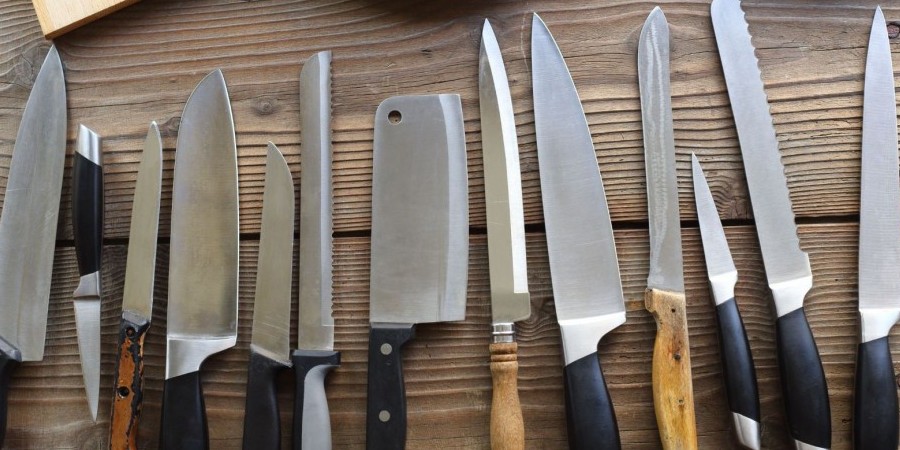 | Complete Guide to Cooking Knives |
 Top rated (top 5) | |
 | The Essential Role of Cutting Boards in Professional Kitchens |
 | Display Stands, Risers, and Portable Sneeze Guards |
 | Countertop Signage |
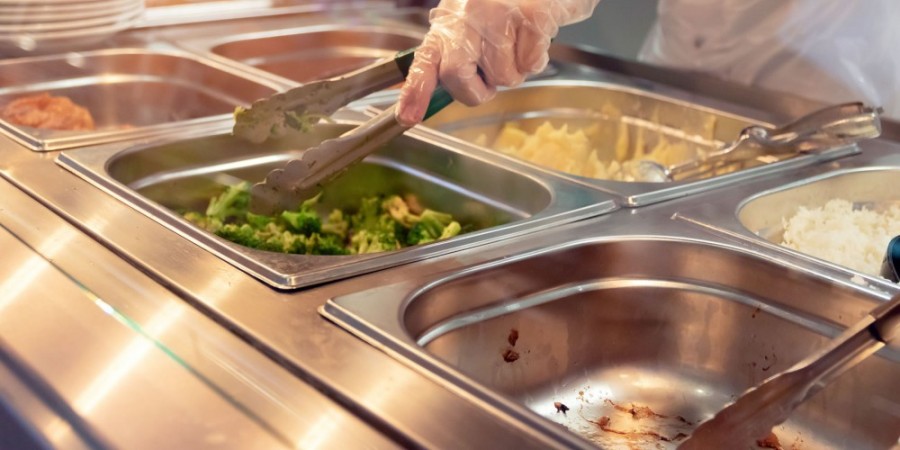 | Specialty Equipment |
| Welcome to the REW Blog! | |